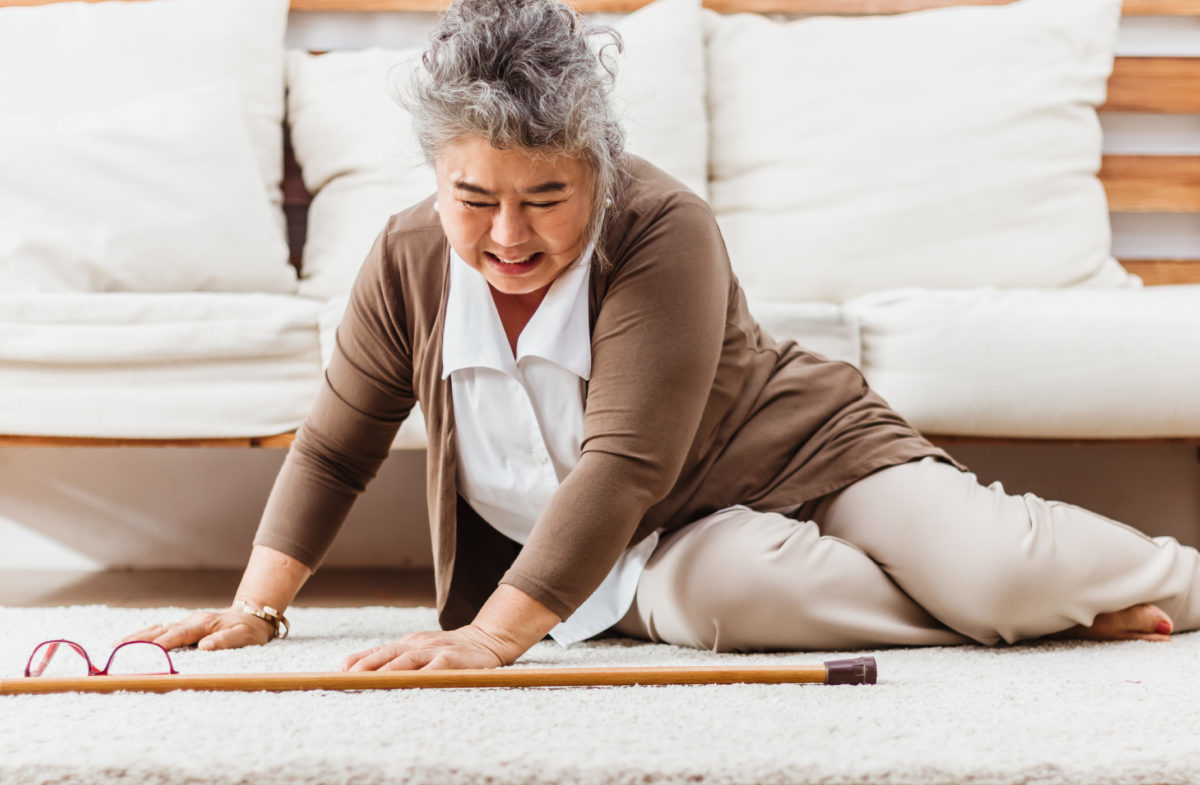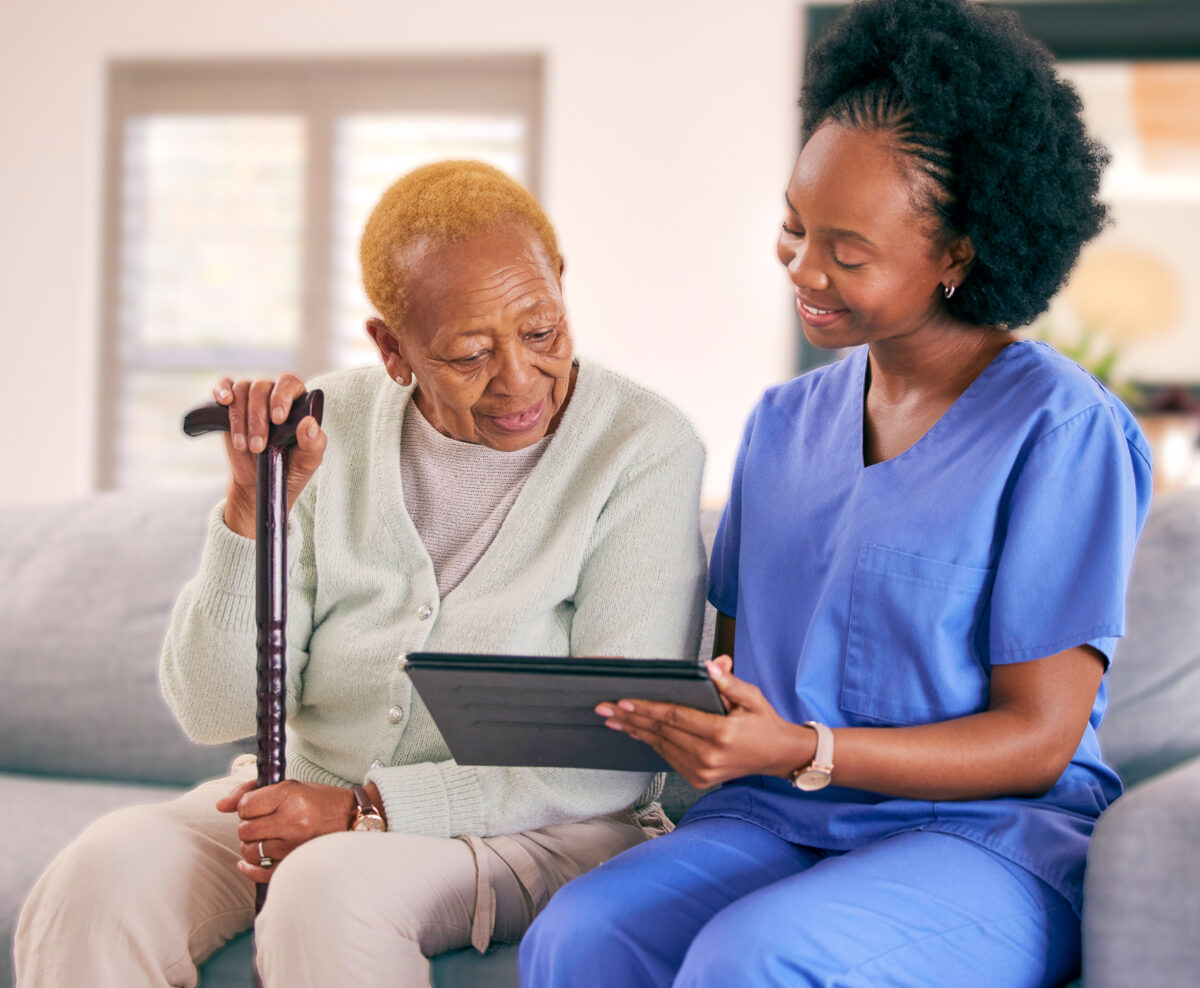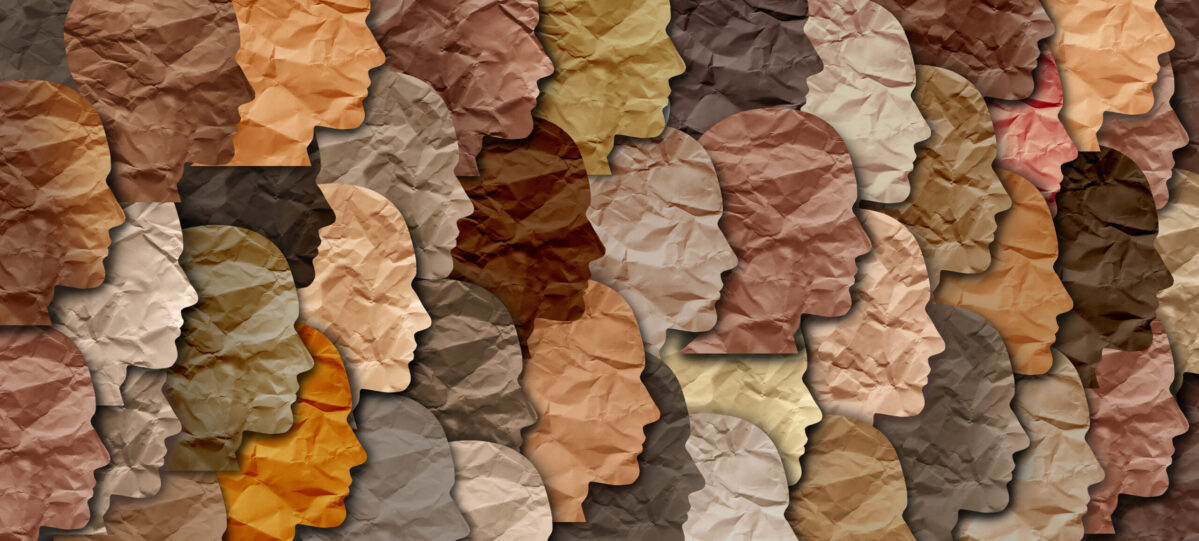The importance of fall prevention to older Philadelphians
September 18-22 is Falls Prevention Awareness Week. ACL’s National Falls Prevention Resource Center created this public health observance to raise awareness of the impact of falls and help people take action to prevent them.
According to the Centers for Disease Control and Prevention (CDC), 3 million older adults come into the Emergency Room each year to be treated for falls. One in five falls causes serious injury, including traumatic brain injuries (TBIs) which are most commonly caused by falling.
While prevalent among older adults, falling is not a normal part of aging. There are many steps and prevention methods to mitigate the risk of falling, including one as easy as movement.
For Stephen Merrill, RN, Philadelphia Corporation for Aging’s (PCA’s) health promotion nurse supervisor, movement is key to reducing the risk of falls. While programs, such as “A Matter of Balance” and “Healthy Steps for Older Adults,” directly address movement in relation to falls prevention, Merrill also adds that “EnhanceFitness,” an evidence-based group exercise program, also supports falls prevention because it focuses on movement for overall health.
“Wherever you are physically, there is something you can do to prevent deconditioning and improve balance or strength,” Merrill said.
Movement and balance exercises are essential for building and maintaining strength in the body. Physical strength is important because it supports balance, which helps to prevent falls. Other PCA Health and Wellness programs, such as “A Matter of Balance,” also focus on improving balance and, most importantly, overcoming fears associated with falling and increasing activity levels for those who have concerns about falling.
Over the last few years, the conversations around falls prevention have increased as health care providers are discussing the long-term effects of falls.
“Recently, there’s been more recognition of what happens after a fall,” Merrill said. “One fall can increase the likelihood of another fall, so the discussion is how to prevent injury and keep people out of the hospital.”
According to CDC data, falls are the underlying cause of death for more than 100 Pennsylvanians each year.
In addition to physical measures that mitigate fall risks, evaluating environmental factors can further help to prevent falls. According to the National Council on Aging (NCOA), more than half of falls take place inside the home. So, it is important to keep homes accessible and easy to move through.
Some considerations Merrill notes include making sure rooms are well-lit and are free of items that may pose a tripping hazard. He also discourages area rugs that could slide from under an individual’s feet and says adding no-skid surfaces can help to prevent slipping and falling. Tips include adding a non-skid mat to the bottom of a shower or tub. Grab bars in showers, as well as sturdy rails, will help support an individual while bathing. Sturdy exterior handrails and stable steps/porches are important considerations for many Philadelphia homes, since many are older and often fall into disrepair.
For those who are in need of home repairs or would like to install rails or grab bars in their home, PCA’s Senior Housing Assistance Repair Program (SHARP) provides minor repairs and modifications to make homes safer and more secure for income-eligible Philadelphia homeowners. SHARP also evaluates homes for safety and makes recommendations to help older residents avoid tripping or falling. For more information on PCA’s SHARP Program and current Health and Wellness programs being offered, please call PCA’s Helpline at 215-765-9040.




